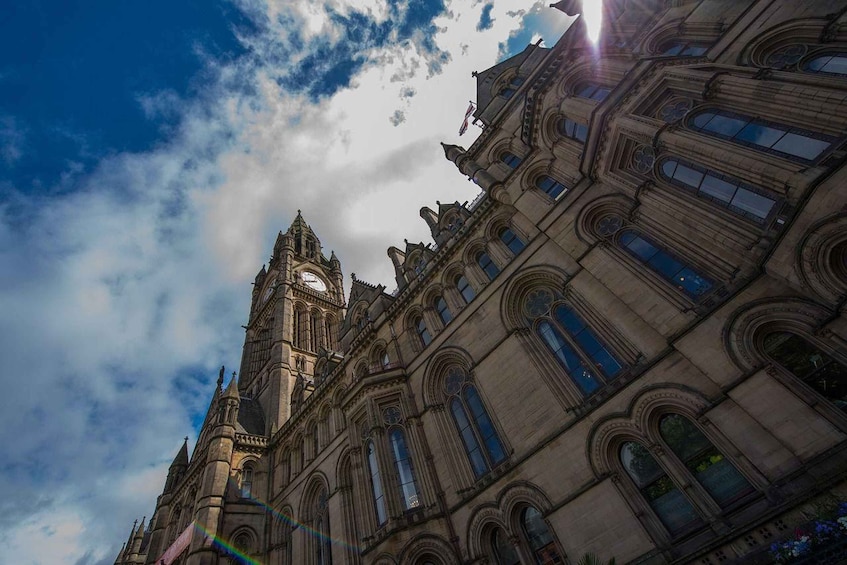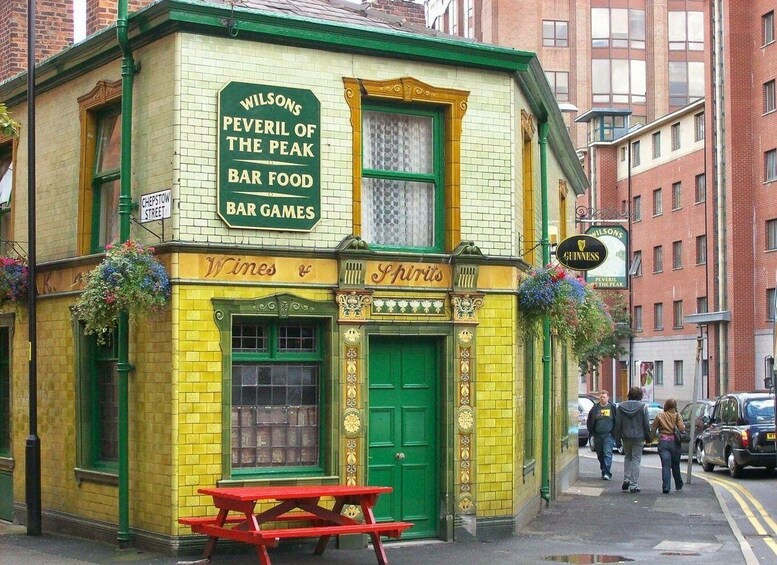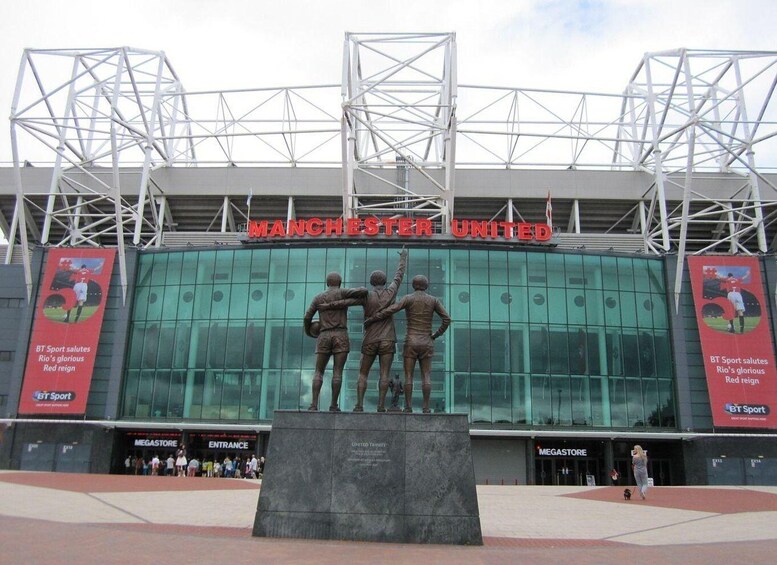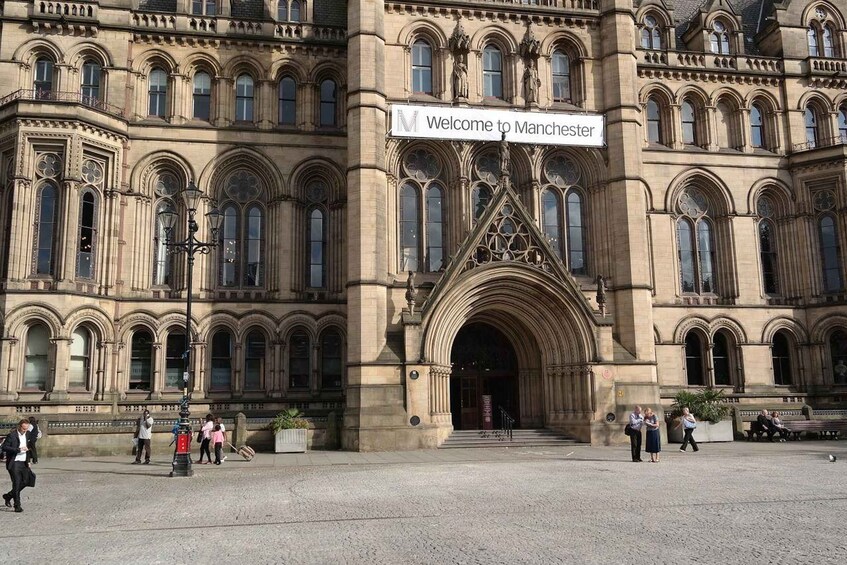Manchester is famous for being one of the world capitals of football (soccer), but there is much more to see here. For example, Chinatown, the second largest in the UK and the third largest in Europe, take a peek at the Town Hall, built in 1877 during the industrial revolution and one great example of neo-gothic architecture. The façade is so similar to the Palace of Westminster that it was even used as a substitute for the movie “The Iron Lady”, about Margaret Thatcher. Another neo-gothic building is John Rylands Library, baptised with the name of Manchester’s foremost textile manufacturer, first multi-millionaire and philanthropist. And don’t miss Manchester’s Cathedral, many times restored during the 19th century and following the damage of the IRA bombing. This medieval church testifies to the existence of the city as a Saxon settlement and is the seat of the Bishop of Manchester.
The seventh most populated city in England, it’s also considered a modern hub, but it was once also one of the most important textile centres of the planet. The unshaken confidence of Manchesters derives also from the city’s status as the pillar of the British Industrial Revolution, and all other social revolutions that preceded it. Today, though, this is a city of modernity, creativity and progress, where the first computer to store programs and to have memory was created, and it boasts the oldest public library of the English language in the world.




